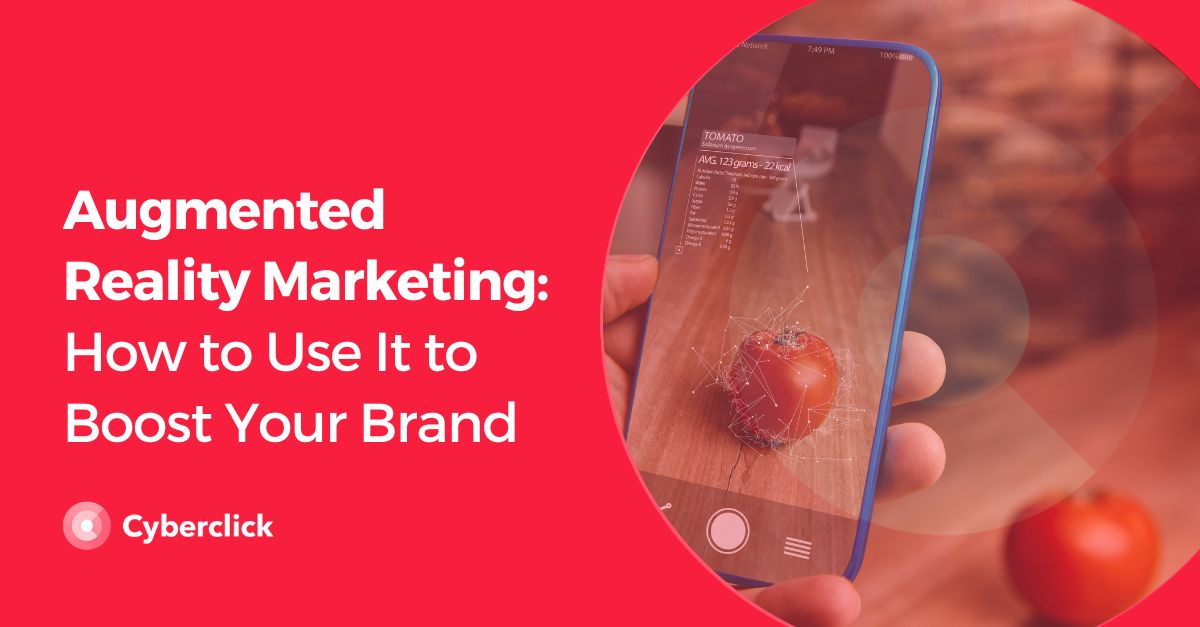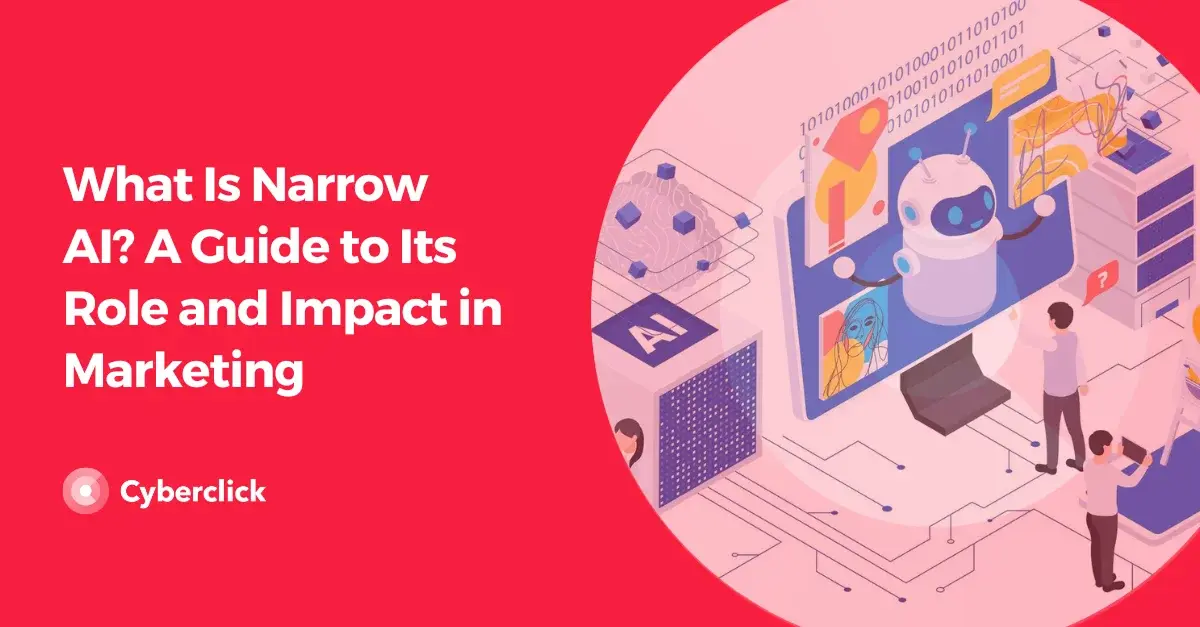As artificial intelligence (AI) continues to evolve, its easy integration into everyday devices has created new possibilities for improving our lives. AI-powered wearables, from smartwatches to augmented reality (AR) glasses, are at the forefront of this technological revolution, transforming how we work, play, and connect.
For marketers, this shift is more than just an exciting trend, it’s an opportunity to redefine customer engagement, gather richer data, and create hyper-personalized experiences. Let’s dive into how AI wearables are shaping the future and why they matter for marketing.

Why Are AI Wearables Important?
AI wearables go beyond functionality, they integrate into daily life, offering convenience and value. These devices have the ability to:
-
Analyze and Predict Behavior: AI wearables track user activity, preferences, and habits in real-time, enabling brands to anticipate needs and offer proactive solutions.
-
Improve User Experiences: With AI-powered personalization, wearables deliver tailored recommendations, from fitness tips to content suggestions, guaranteeing that every interaction feels relevant.
-
Create New Engagement Channels: By leveraging wearable technology, brands can interact with consumers in innovative ways, including through haptic feedback, voice assistants, or immersive AR experiences.
-
Drive Data-Driven Decisions: The wealth of data collected by wearables provides valuable insights for marketers to refine strategies and deliver better campaigns.
Examples of AI Wearables in Action
1. Apple Watch’s Health Focus
The Apple Watch is a prime example of how AI wearables revolutionize daily life. Its health and fitness features—like ECG monitoring, blood oxygen tracking, and personalized workout suggestions—combine AI insights with user data to promote healthier lifestyles. For marketers in the health and wellness industry, the Apple Watch presents a unique opportunity to engage users through fitness apps, challenges, and partnerships with health-focused brands. Imagine, for example, a fitness brand syncing its app with the Apple Watch to provide users with customized workout routines based on their activity levels.
2. Ray-Ban Smart Glasses
Ray-Ban's AI-powered smart glasses, developed in collaboration with Meta, integrate advanced artificial intelligence to provide users with hands-free access to real-time information, reminders, and voice-controlled interactions. These wearables add more convenience while maintaining a stylish and classic eyewear design. With these glasses, users can receive live translations during conversations, set voice-activated reminders, or ask for directions while on the go.
Furthermore, Meta has announced its return to Super Bowl advertising in the 2025 game, where the brand's ad will feature Chris Pratt and Chris Hemsworth wearing the Ray-Ban Smart Glasses.
3. Amazon Echo Frames
Amazon’s AI-powered smart glasses integrate Alexa, providing users with hands-free access to information, reminders, and smart home controls. These wearables create a new platform for brands to deliver content via voice. As a result, marketers can optimize their strategies for voice search or develop branded Alexa skills to engage users directly. This could be as simple as a coffee shop offering voice-activated ordering through the Echo Frames.
What Do AI Wearables Mean for Marketing?
AI wearables are reshaping the marketing landscape in several key ways:
-
Hyper-Personalized Marketing: Wearables collect detailed data on user habits, preferences, and environments. This allows brands to craft highly personalized campaigns that resonate on an individual level. For instance, a wearable might notify users of a limited-time offer at their favorite store as they walk by.
-
Contextual Advertising: With AI wearables, marketers can deliver ads and recommendations based on a user’s real-time context. For example, an AR-enabled wearable could show restaurant suggestions as a user walks through a city, display promotions at nearby stores, or translate ads in different languages.
-
Immersive Brand Experiences: AR glasses and other AI-powered wearables open the door to immersive experiences, such as virtual try-ons, interactive product demos, or branded AR games. Imagine trying out a new pair of sunglasses virtually, without ever stepping into a store.
-
Loyalty and Engagement: Wearables provide a direct line to consumers, offering new ways to build loyalty through gamified challenges, rewards programs, or exclusive content. For example, a fitness app might encourage users to hit step goals to earn discounts on sports gear.
The Future of AI Wearables and Marketing
The AI wearable market is still in its early stages, but its potential is enormous. As these devices become more advanced and widespread, brands will need to adapt their strategies to capitalize on emerging opportunities. Key trends to watch include:
-
Integration with the Internet of Things (IoT): Wearables will increasingly connect with other smart devices, creating ecosystems where brands can deliver cohesive, cross-platform experiences. Imagine a wearable syncing with a smart fridge to suggest recipes based on what’s inside.
-
Advances in AR and VR: Augmented and virtual reality capabilities in wearables will transform how consumers interact with products, from virtual shopping to immersive storytelling. This could mean attending a live concert or exploring a travel destination—all through wearable tech.
-
Focus on Privacy and Ethics: As wearables collect more personal data, brands must prioritize transparency and ethical use of this information to maintain trust. Clear policies and secure systems will be crucial to building lasting relationships with users.
AI wearables are the next frontier in marketing innovation. By embracing this technology, brands can stay ahead of the curve, build stronger connections with their audiences, and create unforgettable experiences. The future of technology is wearable—and it’s here to make life more connected, more intuitive, and more engaging.
AI Engineer & Data Scientist en Cyberclick, especialista en Computational Maths and Data Analytics. Graduado en Matemática Computacional y Analítica de Datos por la Universidad Autónoma de Barcelona (UAB), su experiencia se centra en el desarrollo de soluciones avanzadas basadas en inteligencia artificial para transformar datos en estrategias de alto impacto.
AI Engineer & Data Scientist at Cyberclick, specialising in Computational Maths and Data Analytics. A graduate in Computational Mathematics and Data Analytics from the Autonomous University of Barcelona (UAB), he focuses on developing cutting-edge solutions driven by artificial intelligence to transform data into high-impact strategies.






Leave your comment and join the conversation